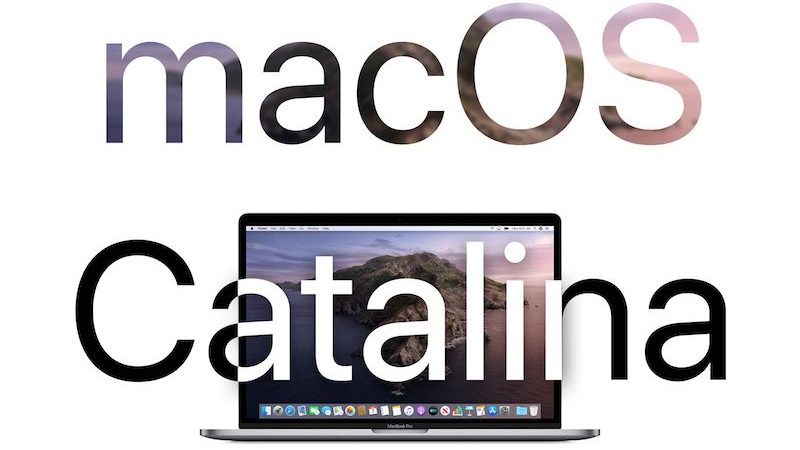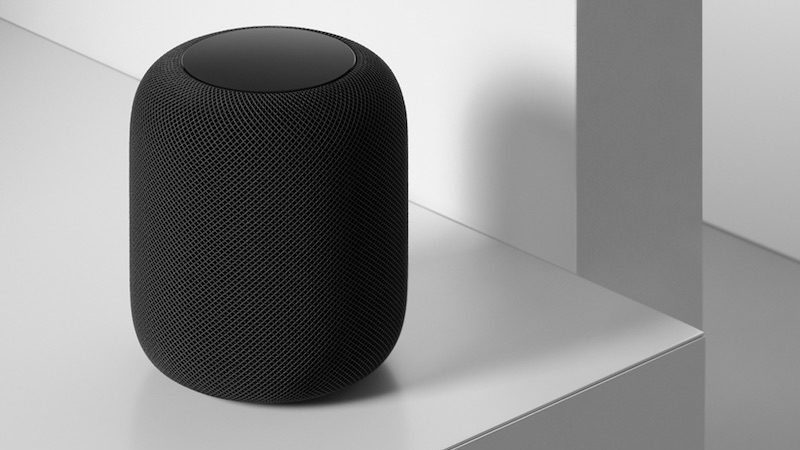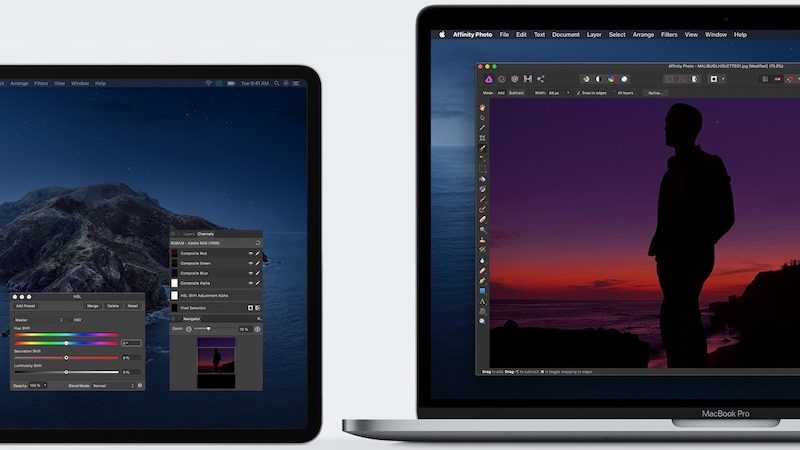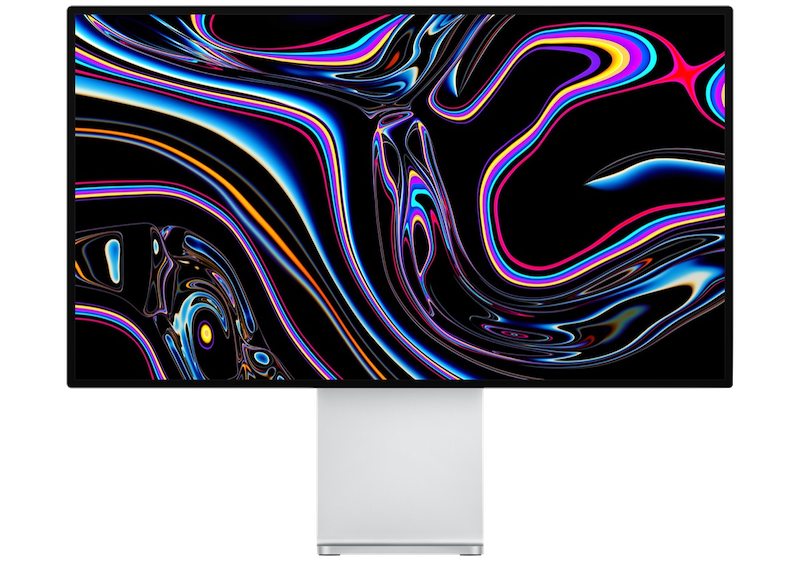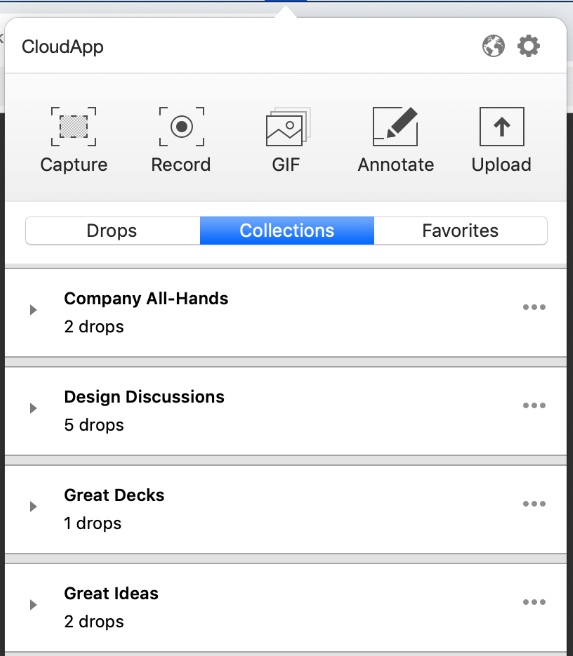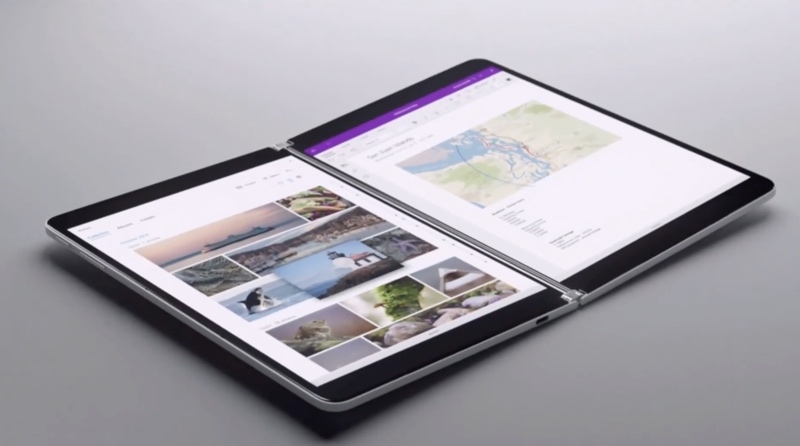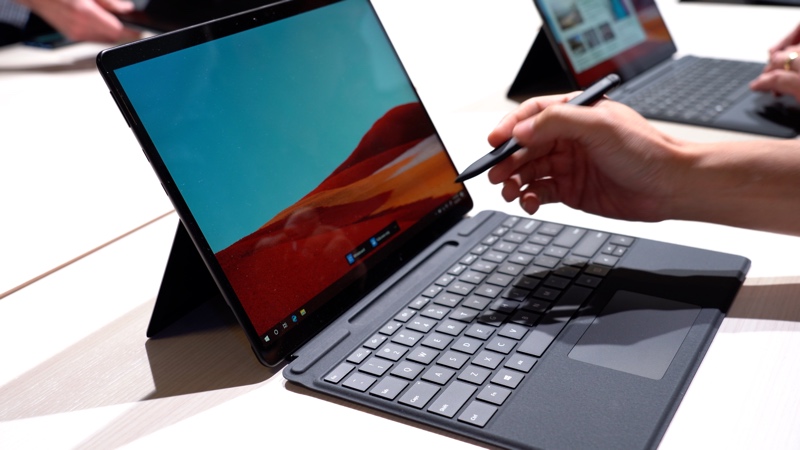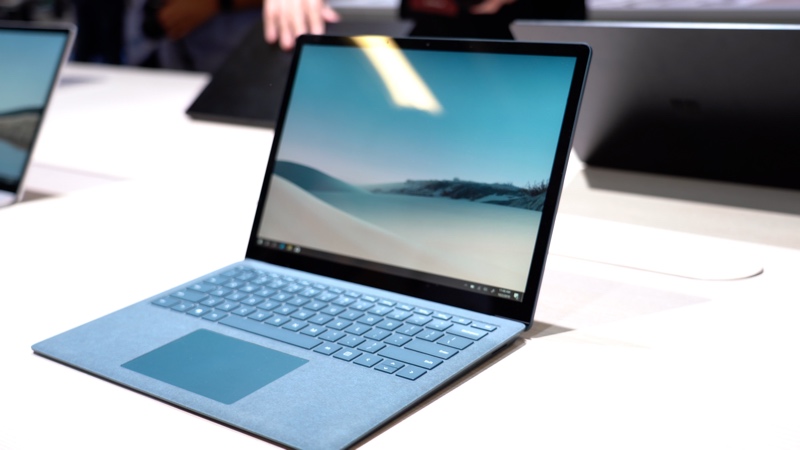The golden master version of macOS Catalina represents the final version of the update that will be provided to the public at release. The new macOS Catalina software can be downloaded using the Software Update mechanism in System Preferences after installing the proper profile from the Developer Center.
macOS Catalina eliminates the iTunes app, splitting it into Music, Podcasts, and TV apps. The three new apps offer similar functionality to iTunes, but are split up by feature. iOS device management is still available on the Mac, but it’s now done through the Finder rather than iTunes.
With a new Sidecar feature, you can turn your iPad into a second display for your Mac with just the click of a button. The Apple Pencil works with Sidecar, so you can turn your iPad into a drawing tablet in apps like Photoshop and Illustrator.
Your Apple Watch can be used to approve security prompts for passwords and other info in macOS Catalina, and Macs with a T2 chip now support Activation Lock, making them more secure. There’s a new Find My that brings the Find My Mac app to the Mac for the first time and even lets you track your devices when they’re offline, or, in the case of notebooks, closed.
Screen Time is available on the Mac as well as iOS devices, and Project Catalyst, a new Apple initiative, will let developers easily port their iPad apps over to the Mac to increase the number of Mac apps available.
There’s a new Photos interface that surfaces your best photos organized by day, month, or year, there’s a new start page in Safari, Mail has new tools for muting email threads and blocking senders, and the Reminders app has been overhauled.
32-bit apps no longer work in macOS Catalina, which is something to be aware of before installing the beta.
For more details on macOS Catalina, make sure to check out our macOS Catalina roundup. Apple is planning to release macOS Catalina sometime in October.
This article, “Apple Seeds macOS Catalina Golden Master to Developers” first appeared on MacRumors.com
Discuss this article in our forums
Powered by WPeMatico
